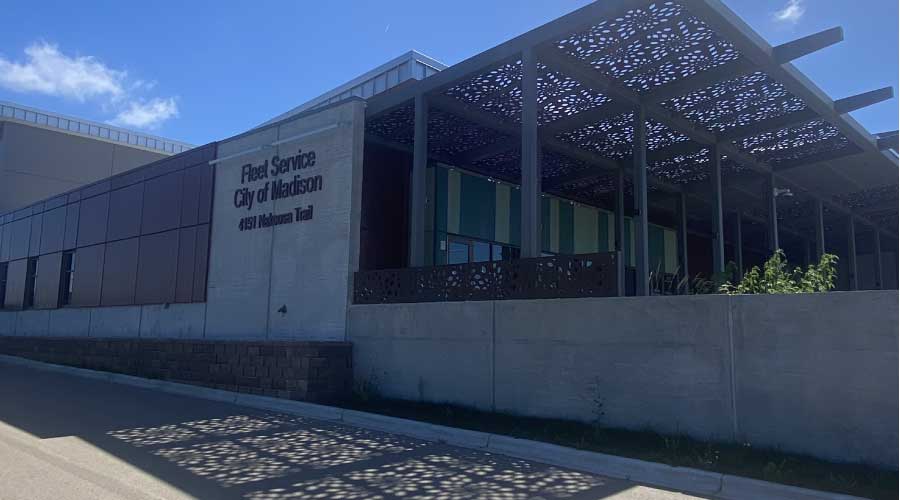BIM Contract Requirements Help Standardize Results
BIM is changing quickly and very few owners and owner contracts are able to keep abreast of the changes. What is happening in the marketplace for delivering BIM to an owner is currently very chaotic. Owner-written contracts are lagging far behind and are ambiguous regarding their requirements and contract language for BIM. This has meant less than optimal results for owners. Clear, detailed BIM contract requirements can help standardize results.
There are several organizations providing current contract requirements for BIM. The American Institute for Architects has developed a Building Information Protocol (AIA document E202-2008, available at www.aia.org), which delineates the basic requirements for a BIM contract. It's critical that the proper standards for BIM contracts be incorporated so the industry can be consistent in developing and delivering BIM products that meet an owner's need.
Owners are the last group to understand and implement the broad benefits that BIM can offer and they are at a distinct disadvantage in preparing BIM contracts. If the owner does not have BIM expertise, then it is advised that the owner recruit the services of a BIM expert.
The expert would be expected to educate and advise the owner on the basics of BIM and the range of applications that are now known and anticipated. The expert — through discussions with facility managers and O&M staff, user representatives, the CIO, budget officer, environmental health and safety, and others — would gain a thorough understanding of the owner's needs. The expert should guide the owner to understand how BIM is the platform for programs that can support the management and operation of the facility throughout its life cycle. The expert should then serve to facilitate the incorporation of the owner's needs into the project contract and facilitate discussions between the owner, the designer, and the construction manager.
With BIM changing so fast, a BIM expert should have experience on numerous projects that are similar in type to the owner's project. The most critical characteristic, however, is willingness to listen and learn. Membership in the buildingSMART alliance or the International Institute of Sustainable Laboratories is a sign the expert is interested in helping to promote and follow the progress of the developing standards and business processes for high-tech facilities.
Terence Alcorn is a national speaker on improving the design process for high tech and laboratory buildings and on improving the ability of owners to manage, maintain, and sustain buildings. His experience includes 25 years as a registered architect of high tech and laboratory buildings and 10 years in construction and construction management. His projects include the Siebel Center for Computer Science at the University of Illinois and the Scripps Research Institute.
Deke Smith of NIBS/buildingSMART alliance, Phil Wirdzek of I2SL, and Igor Starkov of Ecodomus, Inc., also are co-authors of this article.
Roadmap to BIM
These nine steps are critical to the continued evolution
and adoption of BIM into a full building life-cycle tool.
1. Creating education, research, and certifications that focus on owners
2. Bridging the silos to alleviate the confusing world of BIM
3. Identify the clearinghouse for the best practices, metrics, and awards for BIM applications
4. �Creating business processes by re-engineering, change management, and best business practices
5. Disseminating consensus standards
6. Guiding the development of tools
7. Delineating data lifecycle issues
8. Assuring data maintenance
9. Recognizing the model-holder of record
— Terence Alcorn |
Related Topics:














